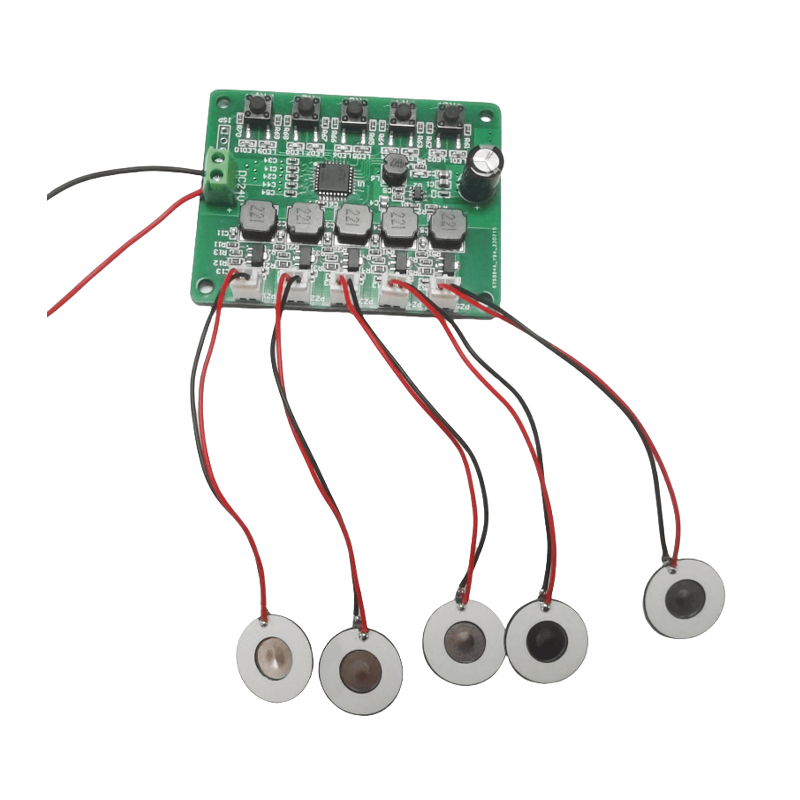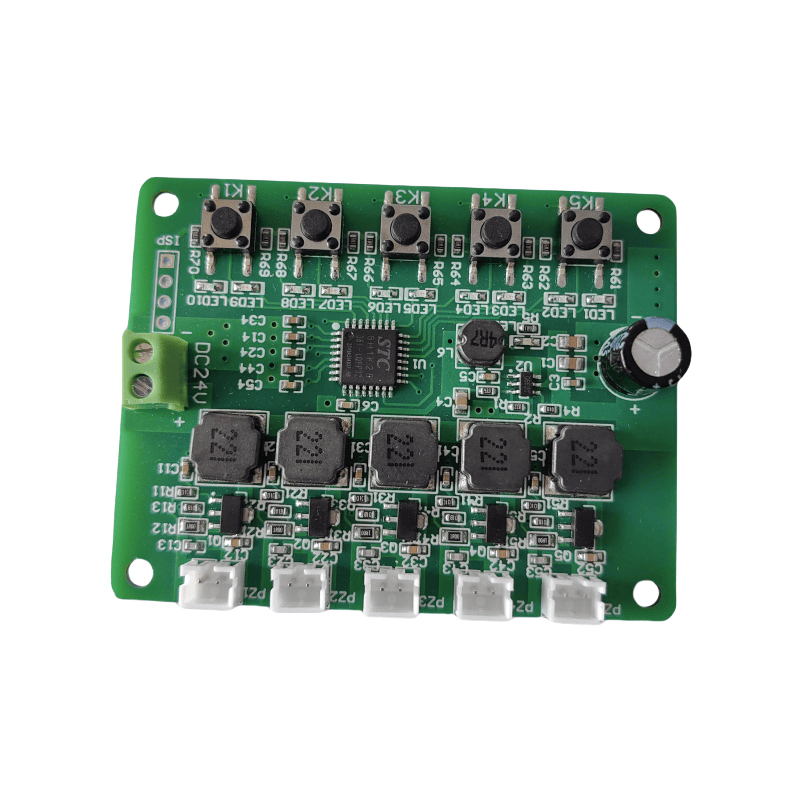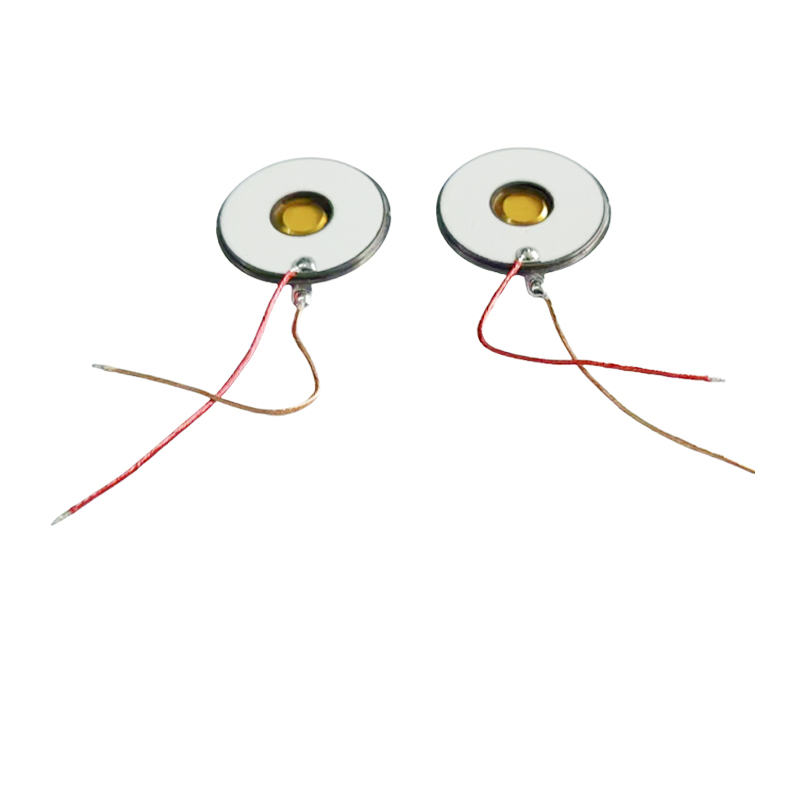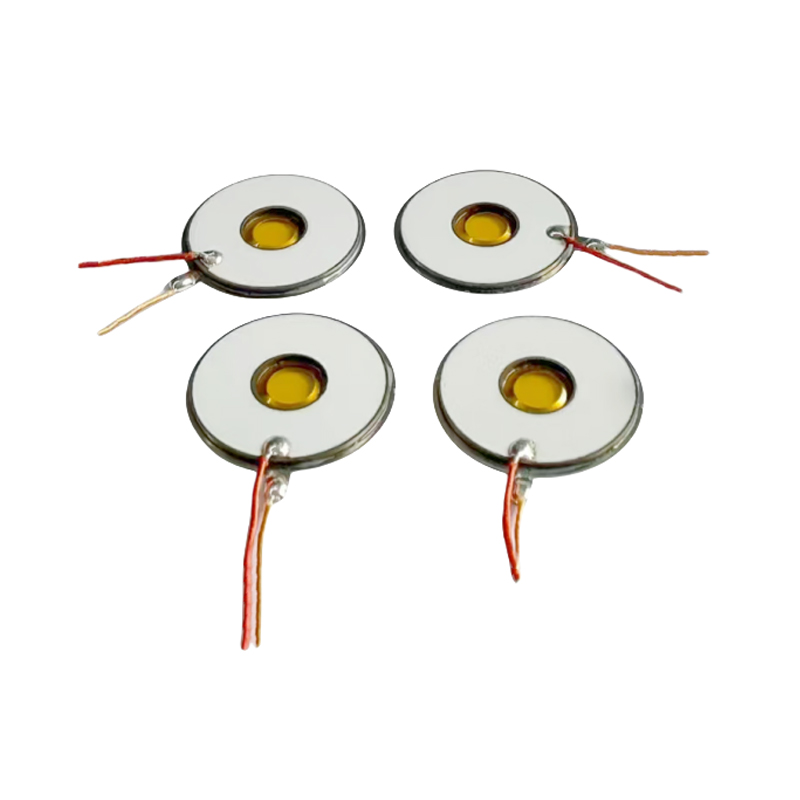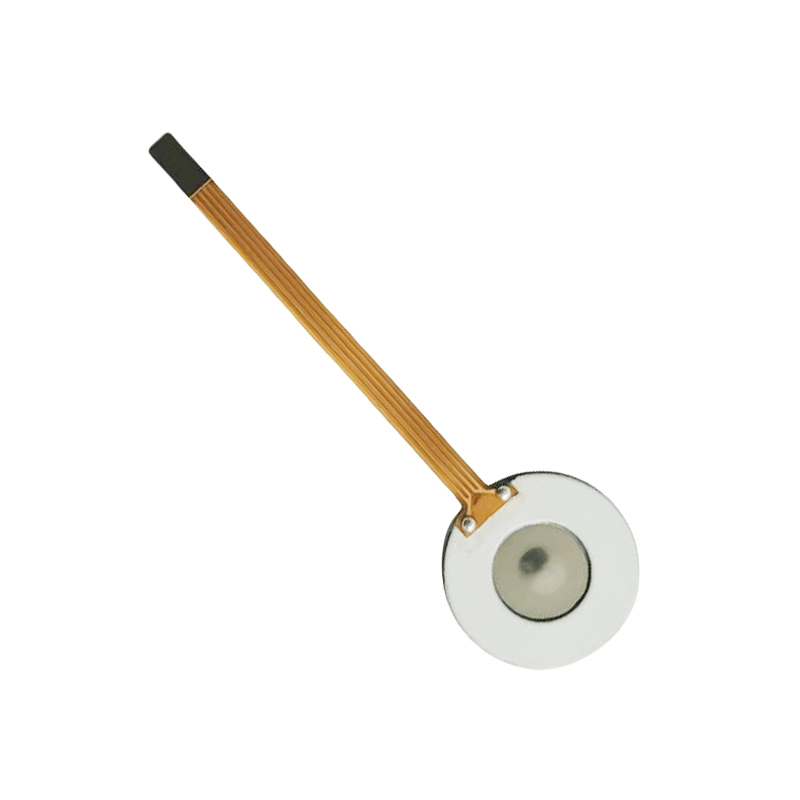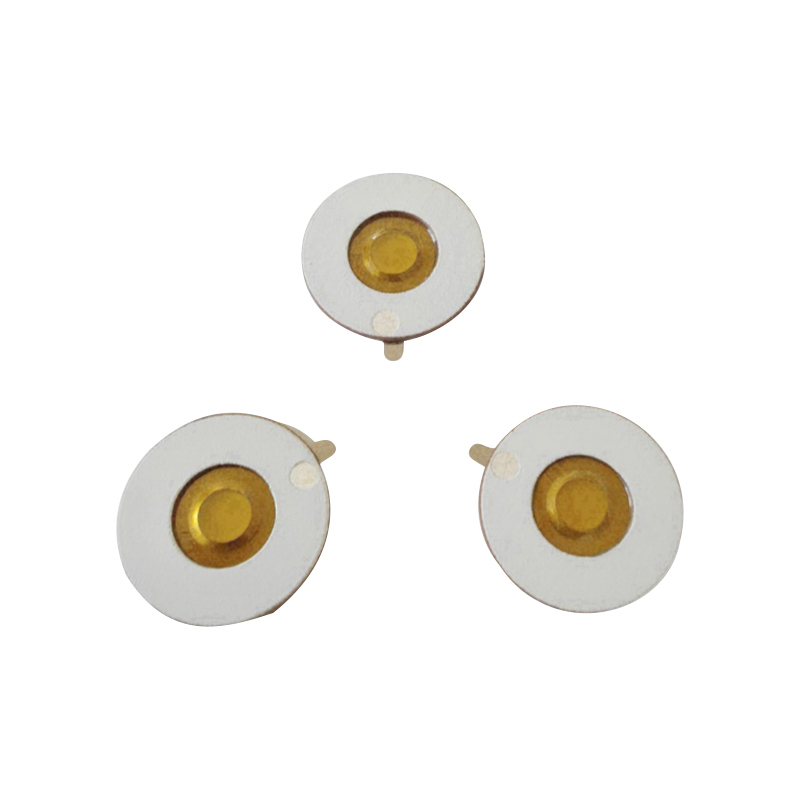High-Efficiency Fine Particle Nebulization: Advancements in Mesh Nebulizer Chip Technology
Introduction
The healthcare industry has witnessed a significant transformation with the integration of mesh nebulizer chips in respiratory therapy devices. Among the various types of nebulizers available, mesh nebulizer chips have emerged as a leading solution for delivering precise doses of medication in the form of fine aerosol particles. The key attribute that distinguishes mesh nebulizer chips from traditional ultrasonic or jet nebulizers is their ability to produce consistent and uniform particle sizes, ensuring optimal deposition in the respiratory tract. This feature is particularly important for patients with asthma, chronic obstructive pulmonary disease (COPD), or other respiratory conditions, where medication efficacy is highly dependent on particle size.
High-efficiency mesh nebulizer chips utilize advanced piezoelectric technology to generate vibrations that push liquid medication through a fine mesh. This process produces a mist of extremely small droplets, often in the range of 1 to 5 microns, allowing for deep lung penetration. This characteristic not only enhances therapeutic outcomes but also minimizes medication waste and reduces treatment time.
Mechanism of Mesh Nebulizer Chips
Unlike traditional nebulizers that rely on compressed air or ultrasonic waves to atomize medication, mesh nebulizer chips employ a perforated membrane that vibrates at high frequencies. This mesh contains thousands of microscopic holes that allow liquid medication to pass through as a uniform aerosol. The size and distribution of these holes directly influence particle size and nebulization efficiency.
| Feature | Description | Benefit |
|---|---|---|
| Mesh Pore Size | Typically 2–5 microns | Enables fine particle generation for deep lung delivery |
| Piezoelectric Vibration | High-frequency vibrations | Ensures consistent and uniform mist output |
| Nebulization Rate | 0.2–0.5 mL/min (varies by design) | Reduces treatment time and medication loss |
| Noise Level | Less than 30 dB | Provides silent operation suitable for pediatric and home use |
The precision of mesh nebulizer chips allows for controlled and reliable medication delivery, which is crucial for home medical treatments and pediatric applications. The combination of fine particle production and quiet operation enhances patient compliance and comfort.
Advantages in Medical Applications
High-efficiency mesh nebulizer chips are particularly advantageous in medical settings due to several factors:
Improved Drug Delivery: The uniform particle size ensures that medication reaches the lower respiratory tract effectively. This is especially beneficial for medications that require deep lung deposition.
Portable and Convenient: Many mesh nebulizer devices equipped with these chips are compact and battery-operated, allowing for portable medical atomization solutions at home or during travel.
Silent Operation: Unlike jet nebulizers, mesh nebulizer chips produce minimal noise, making them ideal for children and elderly patients.
Efficient Medication Usage: The precise aerosolization reduces waste, lowering the amount of medication required per treatment session.
| Application Area | Benefits |
|---|---|
| Pediatric Asthma Therapy | Comfortable, silent, and effective medication delivery |
| COPD Management | Consistent deep lung deposition for improved therapeutic outcomes |
| Home Medical Care | Portable, efficient, and easy-to-use nebulization solution |
| Travel and Mobile Therapy | Compact design suitable for use on-the-go |
These advantages contribute to the growing preference for mesh nebulizer chips in both clinical and home care environments. Their high efficiency and reliability make them a core component in modern respiratory therapy devices.
Technical Considerations for Optimal Performance
While mesh nebulizer chips offer numerous benefits, achieving optimal performance requires careful consideration of certain technical parameters:
Mesh Material: The choice of material affects durability and chemical resistance. Stainless steel or advanced polymers are commonly used to ensure longevity.
Hole Density and Size: The number and diameter of mesh pores dictate the particle size distribution and nebulization rate. A higher density generally results in more uniform mist generation.
Frequency of Vibration: Piezoelectric frequency impacts the aerosol output and particle size. Devices must be calibrated to maintain consistency across treatments.
Maintenance Requirements: Regular cleaning is essential to prevent clogging, maintain performance, and ensure hygienic operation.
| Technical Parameter | Importance | Recommendation |
|---|---|---|
| Mesh Material | Durability and chemical resistance | Stainless steel or high-grade polymer |
| Pore Density | Uniform particle size | Higher density for fine mist |
| Vibration Frequency | Consistency of aerosol | Calibrated to device specifications |
| Maintenance | Performance and hygiene | Daily cleaning and periodic inspection |
By addressing these parameters, manufacturers and healthcare providers can ensure that mesh nebulizer chips operate efficiently and provide consistent therapeutic outcomes.
Emerging Trends in Mesh Nebulizer Chip Technology
Recent advancements in mesh nebulizer chip design focus on enhancing aerosol efficiency, portability, and user convenience. Innovations include:
Ultra-Fine Particle Generation: New mesh designs enable droplet sizes below 2 microns, improving medication delivery to deep lung regions.
Integration with Smart Devices: Some mesh nebulizers now include digital monitoring, allowing healthcare providers to track usage and adherence remotely.
Battery Optimization: Portable mesh nebulizers are becoming more energy-efficient, extending operational time between charges.
Durable Mesh Materials: Research into novel alloys and coatings enhances mesh longevity and resistance to clogging, ensuring consistent output over extended use.
| Trend | Impact |
|---|---|
| Ultra-Fine Particle Generation | Deeper lung penetration, improved therapeutic efficacy |
| Smart Device Integration | Remote monitoring of patient adherence and usage |
| Battery Optimization | Extended portability for home and travel use |
| Durable Mesh Materials | Long-lasting performance, reduced maintenance |
These trends highlight the ongoing evolution of mesh nebulizer chips and their increasing importance in personalized respiratory therapy solutions.
Conclusion
The high-efficiency fine particle nebulization capability of mesh nebulizer chips represents a significant advancement in respiratory therapy technology. By delivering consistent, precise, and uniform aerosols, these chips enhance medication efficacy, reduce treatment time, and improve patient compliance. Their applications in pediatric asthma therapy, COPD management, home medical care, and portable respiratory solutions underscore their versatility and value.
As innovation continues in piezoelectric mesh atomization, battery efficiency, and mesh material durability, mesh nebulizer chips are poised to become an essential component of modern respiratory therapy. The combination of silent operation, fine particle production, and portability makes them a preferred choice for patients and healthcare providers alike.



 English
English 中文简体
中文简体
